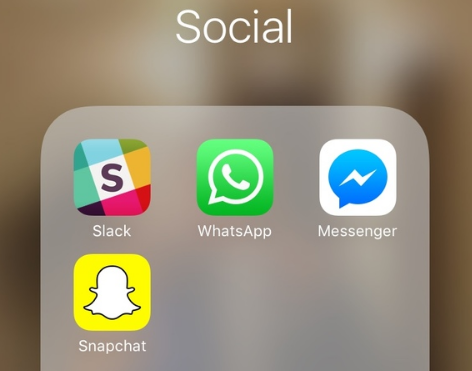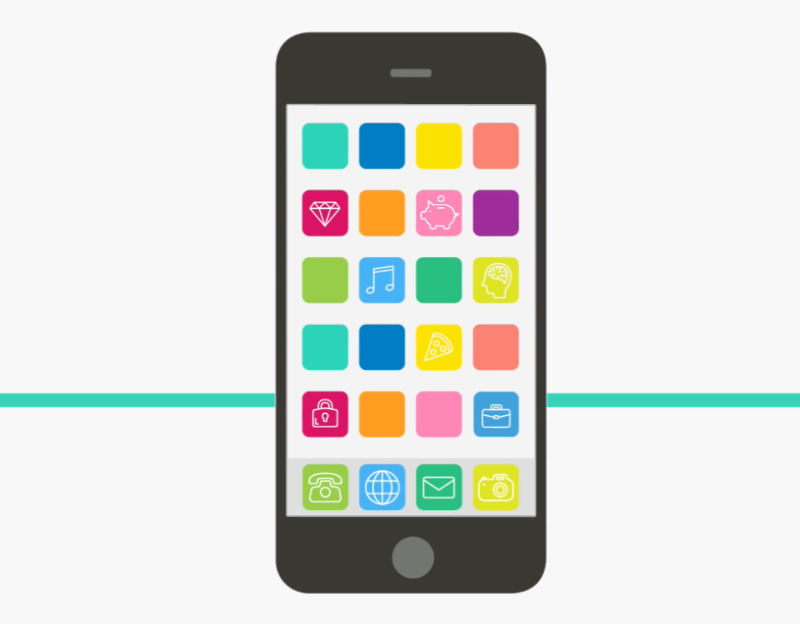Half of young Aussies use messaging apps as main means of communication, study suggests
Almost half of Australians under 25 are using messaging applications as their main communication source, according to a new study conducted by ad agency The Works and its specialist messaging business On Message.
The results mean that marketers have to “un-learn” traditional strategies to communicate with their customers through the channels, said Douglas Nicol, creative partner and founder at The Works.
The key apps being used are Facebook Messenger, WhatsApp, Snapchat and Slack.
The survey, conducted in partnership with the University of Technology Sydney’s Advanced Analytics Institute, looked at the habits of 2,400 Australians and reported 46% of under 25 year-olds and 56% of under 20 year-olds use messaging apps at their main communication device.
Other figures, which were collected from online surveys, face-to-face interviews and a Facebook bot, suggested these numbers were likely to increase, with 67% of under-25s and 50% of over-25s reporting they are increasing the amount of time spent on messaging applications.
While Nicol said marketers are “starting to wake up” to the new opportunities within these applications, he pointed out they will have to “un-learn” all traditional marketing to communicate effectively with audiences.
“They need to remove all the training they have had for traditional marketing, they need to un-learn everything because the role of the brand on a really intimate private channel like Messenger is different,” he explained.
“We called it conversational marketing and your brand has to be different, has to act different and offer different value.”
Nicol added: “This was a hunch and now we have some data to show that particularly the younger audience is actually moving away from traditional forms of communication into much more discreet private conversations.
“This younger group are much more selective about things. For the original users of social media it was about getting scale on Twitter, scale on Facebook and now the whole mindset has changed with this generation and they are much more conscious of authenticity of conversation.
“Messaging apps feel like simplicity in an ocean of complexity. They’re the antidote to the age of distraction we are living in.”
He also pointed out brands need to think about their reasons for consumer interaction through conversation.
“The brand is there to be a support act to the customer’s life and to be handy in the customer’s life and provide value in the customer’s life,” Nicol told Mumbrella.
“It’s much more conversational and the brand has to earn the right to the conversation, and we need to learn how to earn the right to that conversation.”

For brands looking to invest in the platform, Nicol warned short term promotional campaigns would not be the most effective means of using messaging applications.
“The world of messaging and marketing is much more about an ongoing conversation not a campaign that last six weeks.”
“If there’s a pain point in that industry category, it’s really difficult to get something or do something, where the app can help guide people through step by step.”
Nicol added the bots within messaging apps would also allow one-on-one interactions for brands to address complaints with consumers, which have previously been made in public forums such as Twitter.
“Because a messaging app is a true one on one conversation, you can be really blunt and honest, and a brand can be disarmingly transparent about their response, which they’re less likely to do on Twitter.”
While there are large opportunities for marketers in the space, Nicol said brands will need to think about their utility and the content they produce as opposed to sticking paid ads into conversations.
“The models that says let’s just stick paid ads into these conversation is the model that will kill this channel.”
“If we treat it like many other channels are treated, where you have the clumsy introduction of advertising, you will turn people off the channel.”
“The value equation is different, it’s not about tolerating the paid ad, but the brand being more creative and thinking more broadly about how it can have an interesting conversation.”
Commenting on how marketers can measure the effectiveness of their bot through messenger, Nicol said the key measurements will be the effectiveness of getting a person to initiate conversation and how long the conversation goes on for.
Although the use of bots in messaging applications is a relatively new concept, Nicol said he expects it to become more mainstream, with Google and other search engines integrating into messaging devices to give information as needed.
The rise of messaging apps was also tackled at last year’s Mumbrella360 by Niklas Zillinger, manager of experience design at Sapient Nitro, and Holly Joshi, senior manager of optimisation and analytics.
View the presentation:




Umm. Just double checking the year this article was first posted. 25% of young people preferring messaging apps. Seems there is a little gap between actual and the research. You might find messaging app generations are shorter than dog years and we’re on about generation 3.
Think I’ll hold off unlearning everything I know about marketing.